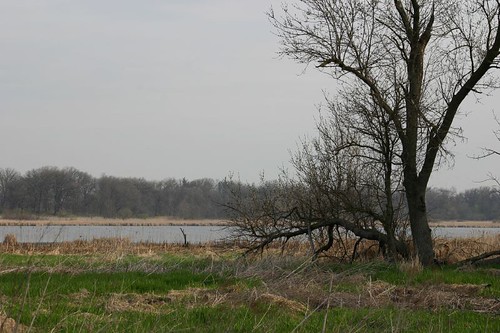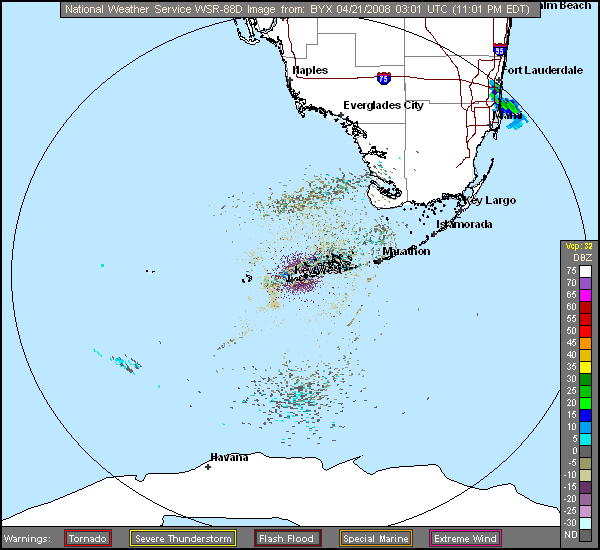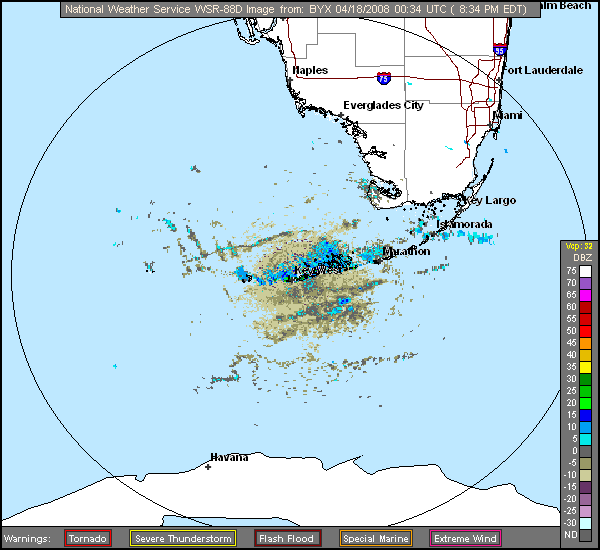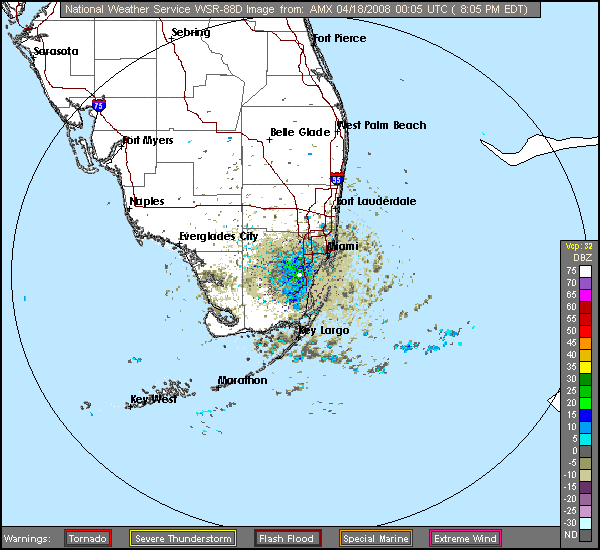Our granddaughters seem interested in the structure of the feet of this newly hatched chick:

Of Hamster Livers and Starling Ears
In college, I majored in biology. This was a direct result of my childhood interest in birds and all living things. More properly, it was a result of the intense curiosity that is stimulated by even the most subtle aspects of the morphology and behavior of living things. Curiosity causes one to ask many questions. Whether trivial or sublime, so many questions remain unanswered. I don’t know who said it, but it is so true: “The last thing a science learns is what it is about.”A fact that intrigued me was that Golden Hamsters appear to be immune from the effects of the alkaloid colchicine, a mitotic poison that freezes cells in the process of dividing. The theory was that the hamster evolved in a region where the herb that produces colchicine is common. It somehow adapted and survived by developing resistance to the effects of the chemical. Many anti-cancer drugs also prevent multiplication of tumor cells, so I thought the lowly hamster might provide a key to finding how to selectively protect healthy cells from damage during chemotherapy.
I kept a colony of hamsters in the college lab, and fed them high doses of colchicine. They appeared to suffer no ill effects, although they did not reproduce while eating the colchicine-laced food. In order to test my hypothesis that the substance may end up being concentrated in a particular organ, I euthanized the animals, pooled their organs, and using a primitive glass column chromatograph, analyzed their tissues for colchicine. This revealed that the colchicine was indeed concentrated in their livers. Histologic examination revealed no pathologic changes in the liver or any other organs. It was an uncontrolled, poorly designed experiment without a clear hypothesis, that wasted the lives of innocent animals. I never learned why or how the hamsters resisted the effects of the poison. Since hamsters are normally exceptionally prolific, their failure to bear young appeared odd, as their body tissues exhibited normal cell division.
After I graduated, it was off to medical school, and that was the end of my experiment. It left me with more questions than answers.Today, an Internet search reveals much sophisticated research on the same subject. For example, it was subsequently confirmed that the natural resistance of the Golden Hamster to colchicine is not manifested in the developing embryos in utero. Francis Crick had discovered the double helix of DNA only a couple of years before I executed my hamsters, but now the unusual resistance of hamsters to the erstwhile toxin has been explained at the molecular level. Resistance to colchicine has been found to be associated with specific DNA sequences containing genes which alter plasma membrane permeability, leading to a decreased uptake of several anti-cancer drugs. Now, 55 years later, I cannot find any reference as to the applicability of this knowledge to clinical medicine.
Nieta watches as a Black Swallowtail butterfly emerges from its chrysalis:

The natural world is so full of questions. Before I retired, I traveled a great deal and spent lots of time at the Dallas-Fort Worth Airport. One day, in the mid-1970s, I noticed that European Starlings were feeding nestlings, whose heads popped out of nests located in crevices located where the jetways connected to the airport terminal’s walls. It seemed odd that the birds were exhibiting normal behavior in such a noise-filled environment. All the humans who worked in that area were wearing hearing protection. Yet these birds, of a species that is particularly vocal, seemed not to be suffering in the least. Surely, their sensitive ears must have been severely damaged by all those decibels.
Humans can adapt to hearing loss, through gestures, sign language and writing. Birds appear to rely heavily upon the subtleties of calls and songs, especially in their reproductive behaviors. Owls are known to locate prey by hearing alone. How did those starlings manage to rear their families amid the constant roar of jet engines? Incidentally, Killdeers were often present along the taxiways and landing strips– was it possible that they, too, were able to breed under these circumstances?
Internet research now provides me with an appreciation of the fallacy of anthropomorphising, of applying human attributes to birds. Just as my earlier assumptions about sex-linked characteristics in Muscovy Ducks proved to be 180 degrees away from the truth (I had falsely assumed that male sex was determined by the male parent, as in humans, whose males are heterogametic), I now know that the inner ears of birds, and most reptiles and mammals, have a unique regenerative ability to recover from damage to the microscopic auditory hairs (cochlear cilia) that are so essential to normal hearing. This fact was discovered by medical researchers who were looking for a cure for human deafness. Indeed, we humans are the oddballs in this respect.
Research conducted at the Laboratory of Comparative Psychoacoustics in the Department of Psychology at the University of Maryland in College Park, MD explores the issues of the effects of noise on bird behavior. Remarkably, they have discovered that birds have the ability to block out or mask certain background noises and still hear the calls of others. The following is from an abstract entitled The General Effects of Noise on Hearing in Birds
“A great deal has been learned over the last several decades about the effect of noise on hearing thresholds in both humans and animals including birds. One useful measure, the critical ratio (the ratio of tone intensity to noise intensity expressed in decibels), tells us how loud a pure tone must be to be detected against a background of broadband, white noise. The critical ratio is the level of the pure tone at threshold (in dB) minus the spectrum level (dB per Hz) of the noise.
“Critical ratios have been measured in the laboratory for a number of species of birds including: budgerigars, canaries, starlings, song sparrows, swamp sparrows, red-wing blackbirds, cowbirds, great tits, cockatiels, and barn owls. In general, the effect of white noise on hearing thresholds in birds (as well as in humans) doubles with every doubling of frequency. In other words, the critical ratio at 2.0 kHz is 3 dB higher than the critical ratio at 1.0 kHz. However, some birds, such as budgerigars, show a remarkably different masking pattern… [suggesting] that budgerigars hear better in noise than other birds at frequencies between 2-4 kHz. Importantly, these laboratory studies of masking by noise can also be used to make predictions about how environmental or anthropogenic (human-made) noise affects the abilities of birds to hear each other in the real world… “
My question about the starlings remains essentially unanswered. In this one narrow area, such unanswered questions abound. Following are some suggested areas for future research, excerpted from the UMD Web site,
“…When noise masks the biologically important signals of birds in the wild, and interferes with their ability to communicate effectively, it surely has a detrimental effect on their normal behavior and breeding biology…
“…There are virtually no data published on the effects of different types of noises (e.g. traffic or aircraft noises) on the perception of species-specific vocalizations. Such laboratory data are critical for understanding the effect of noise on acoustic communication and for developing reasonable guidelines for noise abatement…
“… It is important to understand that intense traffic or aircraft noise probably represents a substantial risk to normal acoustic communication in birds. It is not practical to think of eliminating the detrimental effects on communication completely. It is practical, however, to try and quantify the risks so that intelligent judgments can be made concerning the extent to which noise may interfere with the normal behavior and breeding biology of birds in the wild, and reasonable arguments can be made about how much risk is acceptable. At present, predictions made for detection of vocalizations in the environment only address the simplest case, the ability of a bird to tell whether a sound occurred (i.e. detection). Such a measure does not reflect a bird’s ability to communicate effectively in a particular acoustic environment, and may have little bearing on it…
” …At the present time, these worthwhile environmental projects are not funded. The ultimate goal of these studies is to generate a predictive model for evaluating the impact of noise on acoustic communication in birds in order save endangered species…”
 The story of the Rosy-Finches of Sandia Crest, New Mexico. This flag waves all winter on rosyfinch.com, when rosy-finches are present at Sandia Crest. It stopped waving on April 4, when the last flocks were seen. A few finches visited after April 4th, but no appreciable flocks. One Black Rosy-Finch was coming in for seed on April 8. Feeders and sighting logs were removed April 9th. Now we can look forward to their return, next November! In the meantime, explore the links below and to the left, and know there is great birding in the Sandias and the greater Albuquerque area all year ’round.
The story of the Rosy-Finches of Sandia Crest, New Mexico. This flag waves all winter on rosyfinch.com, when rosy-finches are present at Sandia Crest. It stopped waving on April 4, when the last flocks were seen. A few finches visited after April 4th, but no appreciable flocks. One Black Rosy-Finch was coming in for seed on April 8. Feeders and sighting logs were removed April 9th. Now we can look forward to their return, next November! In the meantime, explore the links below and to the left, and know there is great birding in the Sandias and the greater Albuquerque area all year ’round.
(The rosy-finch flocks at Taos Ski Valley persisted until April 21, according to Gil Bachmann, Manager of the Kandahar Condominiums. A few individuals were still there on April 27. Gil said he missed the flurry of activity.)
View of the Sandia Crest House from the south. The large picture windows on three sides provide excellent viewing of the rosy-finch feeders. (Click on photo for full screen view).
Back on December 7, 1999, Mary Lou and I saw our first rosy-finch up there, in the parking lot of the Crest House at 10,678 feet. Then, they were considered “rare but regular” winter visitors to the Sandia Mountains. We had previously chased after them several times after seeing reports on the Internet, but had not succeeded in finding them until that snowy day. Since they had been attracted by bread crusts thrown away by some workers, we decided to return and scatter seed. It worked, and we kept putting out seed in the parking lot, and the birds have been visiting reliably every day of every winter since then. Usually, all three species and both the Interior and Hepburn’s (Gray-cheeked) race of the Gray-crowned Rosy-Finch have been there together.
Within two years we had engaged the US Forest Service, the Central New Mexico Audubon Society, and some private wild bird feeder and seed suppliers in a cooperative venture. Sunwest Silver, the Albuquerque company that owns Sandia Crest House, is the key to the success of the project, as they provided space for the feeders. The Forest Service prohibits feeding of wildlife on all but the “developed” or leased areas within its boundaries. (The Loveland ski resort in Colorado had its popular feeders removed a couple of years ago on order of the Forest Service. Frankly, their central location posed a traffic hazard as birders and skiers competed for parking spaces on the often slippery and snowy parking lot. Happily, Sandia Crest is far uphill from the “downhill” crowd, so there is usually plenty of parking.)
The first feeders at Sandia Crest were erected in February, 2001 and, as they say, “the rest is history.” You can read the whole story here in this article I wrote for Birders World. Much of the credit for the success goes to the USFS professionals and Volunteers, the Central New Mexico Audubon Society (the formal partner with the USFS in this project), notably to several young birders, merchants who continue to support the project, and the managers of the Crest House Restaurant and Gift Shop, which continues to host the feeders and accommodate the birding public along with regular customers. Organized research began largely in response to the efforts of the late Ryan Beaulieu, a High School student. His buddies have carried on the tradition (among them, Raymond VanBuskirk, Michael Hilchey and Cole Wolf, but I dare not try to name them all, for they are legion– just look at this page and this one as well!!).
Steve and Nancy Cox, of Rio Grande Bird Research, with the help of many volunteers, began a regular winter banding operation at Crest House in 2004. So far, they have banded over 1600 rosy-finches and are also conducting isotope studies to try to unravel the life histories of the four races of rosy-finches that converge on Sandia Crest every winter. Dave Weaver and Fran Lusso, trained USFS Volunteers, took over our duties as coordinators of the rosy-finch feeding project when we moved to Florida in 2004, and have served ably and with great dedication. They did not consider themselves “birders” when they started, but they quickly learned to separate the rosy-finch species, and now they are experts at identifying most anything that flies.
| May through October, TUESDAY MORNING GUIDED BIRD WALKS in the Sandia Mountains, sponsored by the U.S. Forest Service and Central New Mexico Birders meet at 8:00 a.m. (8:30 in May and October) at the |
Nelson Lake, view from south shore looking north:

On our first chance to get out birding since our arrival in Illinois this past weekend, we got out early to Nelson Lake Marsh (Dick Young Forest Preserve) in Batavia, Kane County. We had not been there since last November, just before we returned to Florida (via Amarillo) for the winter. We rolled our socks over our trouser legs (we heard there were ticks galore) and welcomed the temperate climate.
The flock of White Pelicans that has been present for the past month has dwindled to 13, that we could see. Canada Geese were nesting, and we saw two Sandhill Cranes and heard several more. An American Kestrel was our only raptor for the morning. Northern Cardinals, and Field, Song and Swamp Sparrows were singing vigorously. The high Northern (Yellow-shafted) Flicker count suggested they may be migrating through, though many were engaged in courtship or territorial displays. Downy and Red-bellied Woodpeckers made it a Trifecta. Our only warbler was a Yellow-rumped (Myrtle), and we saw a Brown Thrasher and couple of Blue-headed Vireos and Blue-gray Gnatcatchers.
The only birds that stood still long enough for me to photograph were sparrows, including this Song Sparrow:
This fuzzy view of a Swamp Sparrow was about the best I could do:

Despite the close range, my shaky hands did not do too well with this Swamp Sparrow, making me dream about getting an image stabilized lens:

Mary Lou did not know I photographed her on this path along the south shore of Nelson Lake, looking east:
From our perch in Chicagoland we can enjoy the many reports of arriving warblers in South Florida, and hope that when we are finally able to get out in the field, they will have made it to our neighborhood. This is the Key West radar as we are turning in for the night, which is just after midnight Florida time. At this hour, the flights from Cuba and the Keys are less dramatic than a couple of nights ago, but certainly worth watching. Check out BADBIRDZ for the entire night’s action.

Pretty much on schedule, the winds shifted to the southeast last night, bringing about much more favorable conditions for migrants venturing across the Florida Straits. I expected that there would almost surely be some spectacular radar images overnight, for BADBIRDZ to display in the morning.
I checked the Key West radar at bedtime, and found a “teaser” image. While the one-hour loop provides little but a glimpse of the big picture of neotropical migration, the fluid motion from the quick refresh rate lends a dramatic touch. The depth of the blue color (10-15 DBZ) suggests a density of 71 to 109 birds per cubic kilometer. This morning, BADBIRDZ tells the whole story that is introduced by this “trailer.”
One-hour Key West loop at about 10:00 PM shows flocks departing en masse, first from the Keys, and then from the north coast of Cuba.

The Miami loop also showed a lot of activity, with a good number of birds apparently coming right over my house. I went outside, looked and listened for about 10 minutes. I heard nothing unusual. The moon was nearly full and straight up. I looked at it through binoculars until my neck and arms burned, and my eyes watered too badly, but saw no birds cross its face.
Miami radar one hour loop, at a little after 10:00 PM, again shows the beginning of what should prove to be a very interesting night. Now, we’re off to Illinois to catch up with that wave!













